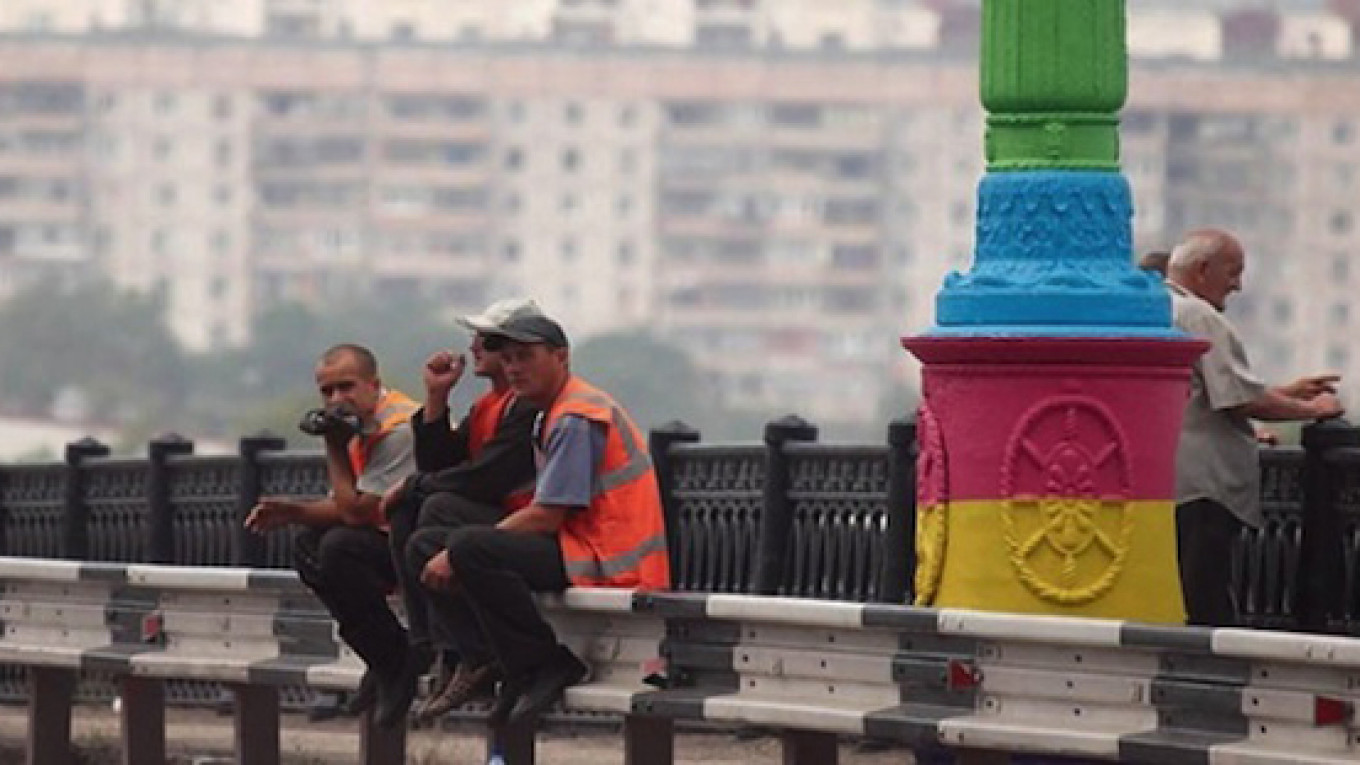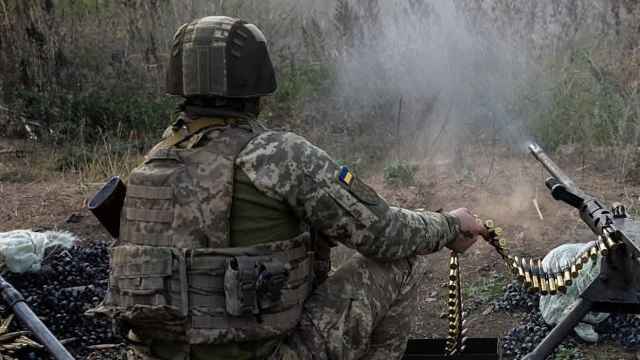Chelyabinsk region prosecutors have responded to a request from a concerned citizen about whether a lamppost painted in rainbow colors in the city of Magnitogorsk could be legally considered gay "propaganda," assuring the person that the lamp was not violating the law.
"The sequence of colors on the lamppost does not constitute propaganda of nontraditional sexual relations among minors and does not carry any harm to children and their development," the prosecutors said in their response.
Despite the lack of a clearly defined role for precedent in Russia's civil law system, the lamppost case could represent an important signal for future decisions by law enforcement bodies on similar issues.
Yevgeny Dubrovsky, who submitted the request, told news website Russkaya Planeta that he was not a "homophobe" and filed his inquiry in order to "see how the law works in practice."
In June, a law was passed banning loosely defined gay "propaganda" among minors in Russia. Outraged LGBT activists across the world have since argued that the law effectively prohibits all expressions of homosexuality, including wearing or carrying any garments or items with rainbows in public.
The lamppost in question is installed on the middle of a bridge that supposedly marks the border between the continents of Asia and Europe. It bears a sign that says travelers are leaving Europe and entering Asia.
According to local authorities, the lamppost was painted different colors following a newly adopted branding scheme developed for the city. Its color scheme contains five colors: yellow, pink, green, blue and purple. The rainbow flag designed by artist Gilbert Baker in 1978 for a San Francisco gay pride parade has six colors: red, orange, yellow, green, blue and purple.
Nonetheless, the district's deputy prosecutor said that even if the lamppost was painted those colors, it would still be legal.
Contact the author at [email protected]
A Message from The Moscow Times:
Dear readers,
We are facing unprecedented challenges. Russia's Prosecutor General's Office has designated The Moscow Times as an "undesirable" organization, criminalizing our work and putting our staff at risk of prosecution. This follows our earlier unjust labeling as a "foreign agent."
These actions are direct attempts to silence independent journalism in Russia. The authorities claim our work "discredits the decisions of the Russian leadership." We see things differently: we strive to provide accurate, unbiased reporting on Russia.
We, the journalists of The Moscow Times, refuse to be silenced. But to continue our work, we need your help.
Your support, no matter how small, makes a world of difference. If you can, please support us monthly starting from just $2. It's quick to set up, and every contribution makes a significant impact.
By supporting The Moscow Times, you're defending open, independent journalism in the face of repression. Thank you for standing with us.
Remind me later.






